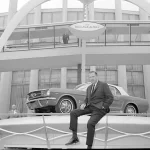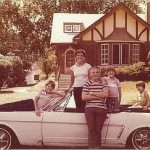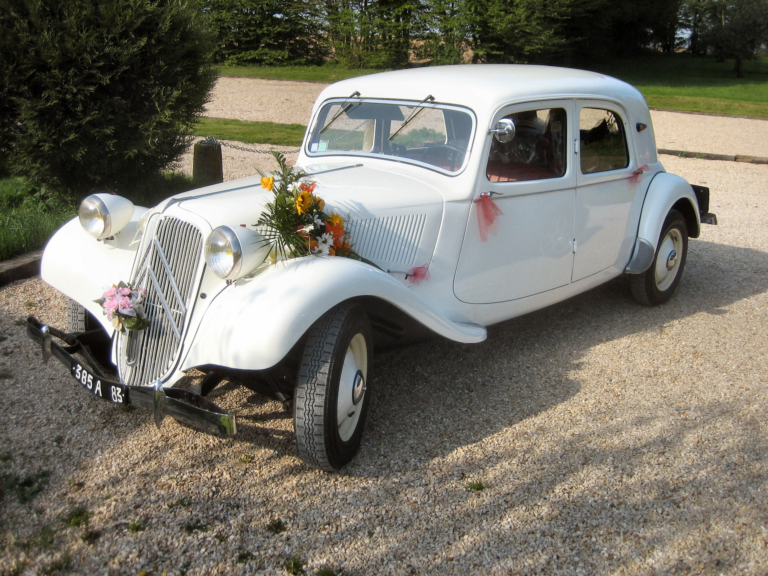
French inventor Nicolas-Joseph Cugnot, born on this day in 1725, receives credit as the creator of the first self-propelled, land based vehicle. Cugnot, a captain in the French army, had long relied on two wheeled horse drawn fardiers to carry heavy equipment across great distances. This included items such as artillery and arms. As the horses tired, his pace slowed and eventually stopped. He desired to create a vehicle that would move along steadily, uninterrupted by fatigue.
This problem led to the development of his first vehicle. To do so, he created a mechanism that turned the reciprocating motion of a steam piston into rotary motion by means of a ratchet system. His efforts resulted in a small scale “fardier à vapeur,” a steam powered fardier, in 1769, which had three wheels. The third wheel, placed where the horses normally would have been, supported the steam boiler and drive parts. The next year he built a full size version. It supposedly could carry four tons of cargo, four passengers and travel at approximately 3.9 kmh (2.4 mph). A fully loaded test run proved successful, with the vehicle covering 4.8 miles in just one hour.
The first automobile accident
The success did not last. Instability issues and and underperforming boiler system made the vehicle much slower and troublesome than first thought. In an attempt to improve on the first design, a second full scale fardier debuted in 1771. Interestingly, the driver apparently ran it into a wall after loosing control. That, my friends, is likely the first recorded automobile accident.

By 1772, after a series of trials, the French Armby abandoned the project. Although it did not prove to be a viable option for the army, King Louis XV granted Cugnot a pension of 600 livres per year for his innovative work. The King even ordered the vehicle held at the arsenal. In 1800 the fardier was transferred to the Conservatoire National des Arts et Métiers, where it can still be seen on display to this day. In 2010 a replica was built, and it worked perfectly, essentially proving the feasibility of the machine.

















